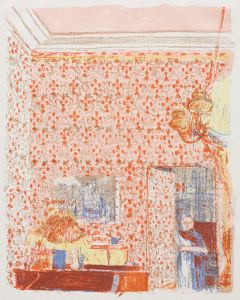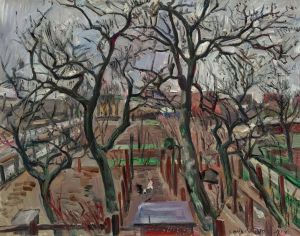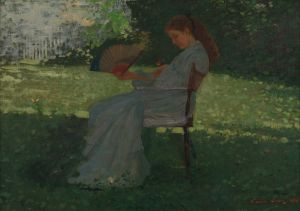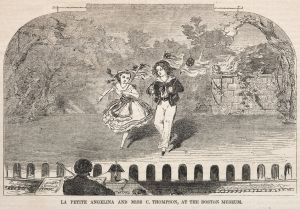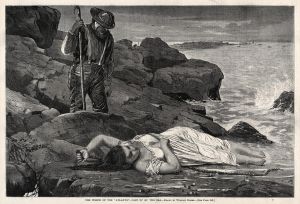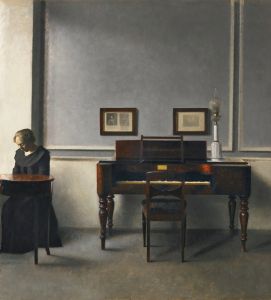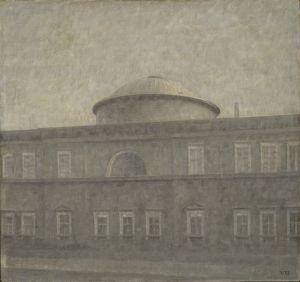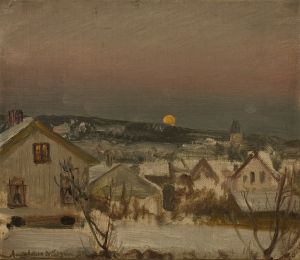
At the Window
A hand-painted replica of Winslow Homer’s masterpiece At the Window, meticulously crafted by professional artists to capture the true essence of the original. Each piece is created with museum-quality canvas and rare mineral pigments, carefully painted by experienced artists with delicate brushstrokes and rich, layered colors to perfectly recreate the texture of the original artwork. Unlike machine-printed reproductions, this hand-painted version brings the painting to life, infused with the artist’s emotions and skill in every stroke. Whether for personal collection or home decoration, it instantly elevates the artistic atmosphere of any space.
Winslow Homer, an American artist renowned for his landscape and marine subjects, created the painting "At the Window" in 1872. This work is a part of Homer's exploration of domestic and everyday life scenes, which he often depicted with a keen sense of observation and a subtle narrative quality. "At the Window" exemplifies his ability to capture the quiet moments of life with a sense of intimacy and immediacy.
The painting features a young woman seated at a window, gazing outward. The composition is simple yet effective, focusing on the figure and the interplay of light and shadow. Homer's use of light in this painting is particularly noteworthy; it highlights the woman's face and the folds of her dress, creating a sense of depth and realism. The window serves as both a literal and metaphorical frame, suggesting themes of contemplation and the boundary between the interior and exterior worlds.
During the period when Homer painted "At the Window," he was transitioning from his earlier work as an illustrator to becoming a full-time painter. This transition is reflected in his increasing attention to detail and his exploration of new themes and techniques. The painting is executed in oil on canvas, a medium that Homer was mastering during this time, allowing him to achieve rich textures and subtle color variations.
Homer's choice of subject matter in "At the Window" aligns with the broader trends in American art during the late 19th century, where there was a growing interest in depicting modern life and the experiences of ordinary people. This painting, like many of Homer's works, captures a moment of quiet reflection, inviting viewers to ponder the thoughts and emotions of the subject.
The setting of the painting is domestic, yet the exact location is not specified, which is typical of many of Homer's works where the focus is more on the mood and atmosphere rather than a specific narrative or place. The anonymity of the setting allows the viewer to project their interpretations and emotions onto the scene, making it universally relatable.
Winslow Homer is often celebrated for his ability to convey complex emotions and narratives through seemingly simple compositions. "At the Window" is a testament to his skill in capturing the subtleties of human experience. The painting reflects his interest in the interplay between humans and their environments, a theme that would continue to evolve in his later works, particularly in his seascapes and depictions of rural life.
Today, "At the Window" is appreciated not only for its artistic qualities but also for its insight into the cultural and social dynamics of the time. It is a fine example of Homer's early work and his contribution to American art, showcasing his transition from illustration to painting and his growing mastery of the medium. The painting remains a significant piece within Homer's oeuvre, illustrating his unique ability to blend realism with a poignant sense of narrative.





